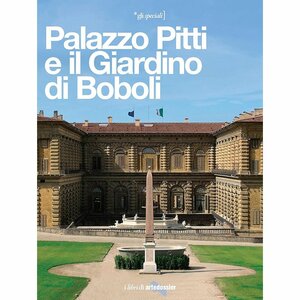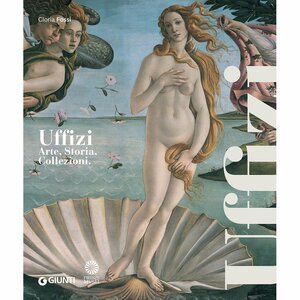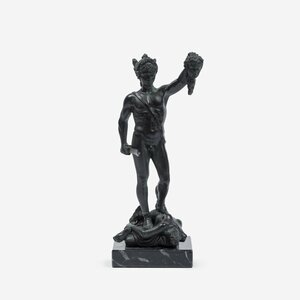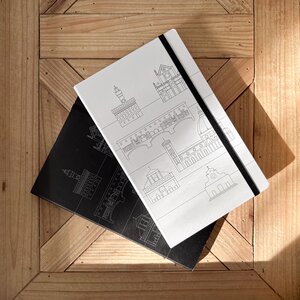Home / Museums / Gli Uffizi / Page 2
Gli Uffizi

Opening hours:
Tuesday to Sunday, 8:15 am to 6:30 pm
Last admission 5:30 pm
Closing time:
Every Monday; 1 January; 25 December
Average visit time:
2-3 hours

Collections
Inside the museum:




Books and guides
-
-
-
-
Books and guides
Seduzione. Koen Vanmechelen
Merchandise
Related museums
From €12,00
The birth of the Gallery dates back to 1784, when the Grand Duke of Tuscany Pietro Leopoldo reorganised the ancient Accademia delle Arti del Disegno, founded in 1563 by Cosimo I de’ Medici, into the modern Accademia di Belle Arti. The new institution was to house a collection of ancient and modern paintings and sculptures in order to facilitate knowledge and study for the Academy’s young students.
Average visit time:
1-2 hours













